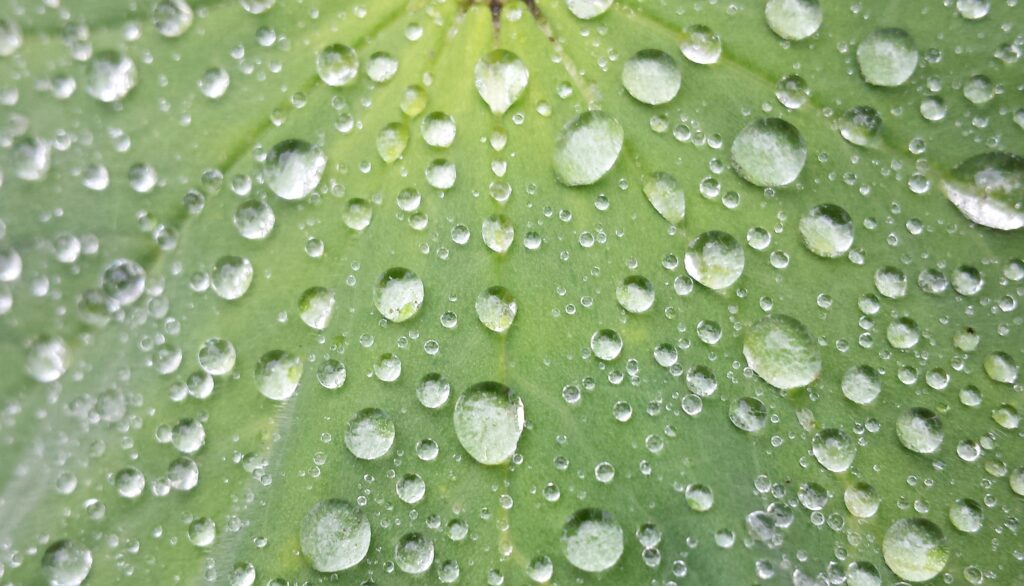Expert Tips for Cleaning and Maintaining Marble Floors at Home
Marble floors add elegance and luxury to any home, especially in a city like San Pedro, where many homeowners take pride in their stylish interiors. However, maintaining the natural beauty of marble requires special care.
Marble is prone to scratching, staining, and etching, making it essential to follow the right cleaning practices. In this blog post, we’ll share easy tips on how to clean and maintain your marble floors so they stay beautiful for years to come.
Understanding Marble as a Natural Stone
Before diving into the cleaning process, it’s essential to understand the nature of marble. As a calcium-based stone, marble is softer and more porous than other materials like granite. This makes it more susceptible to scratches, stains, and damage from acidic substances. If you have other stone surfaces in your home, check out our stone cleaning services for expert advice and help.
Daily Care to Clean Marble Floors
Regular maintenance is the key to preserving your marble floors. Here are some simple steps to follow for daily cleaning:
Dry Dusting or Sweeping
- Use a soft microfiber cloth or a dust mop to gently sweep the floor every day. This prevents dust and dirt from scratching the marble surface.
- Avoid using vacuums with hard wheels or beater bars, which can damage the floor.
Damp Mopping
- For a deeper clean, use a damp mop with plain water or a pH-neutral cleaner designed specifically for marble.
- Make sure the mop is only slightly damp, not soaking wet. Excess water can seep into the marble, leading to stains and damage. For more detailed cleaning tips on tiles and grout, check out our post on tile cleaning.
Steps to Clean and Maintain Marble Floors
The Dos and Don’ts to Clean Marble Floors
Taking the right precautions when cleaning your marble floors is critical. Here’s a quick list of dos and don’ts to ensure you’re protecting your marble properly.
Do’s:
- Use only pH-neutral, non-abrasive cleaners designed for marble.
- Clean up spills immediately, especially from acidic substances like wine, lemon juice, or vinegar, as they can etch the marble.
- Place doormats at entrances to reduce the amount of dirt and grit tracked onto the floor.
Don’ts:
- Avoid using vinegar, lemon juice, or other acidic cleaners that can cause etching and dull the marble’s surface.
- Don’t use abrasive scrubbers or hard brushes that could scratch the stone.
- Never leave water or cleaning solutions to sit on the surface, as they can cause stains. If you’re unsure about how to handle other surfaces in your home, our deep shower cleaning guide can help with bathroom maintenance.
Removing Stains from Marble Floors
If your marble floor gets stained, quick action is crucial. Here are some common stains and how to handle them:
Water Stains:
- Use a damp cloth with mild soap to gently clean the area.
Oil-Based Stains (e.g., grease or makeup):
- Make a poultice with baking soda and water, apply it to the stain, and cover it with plastic wrap. Let it sit for 24 hours before wiping it away.
Organic Stains (e.g., food or coffee):
- Apply a mix of hydrogen peroxide and a few drops of ammonia to lift the stain. For more insights into maintaining grout along with your stone floors, see how to tell if my grout needs sealing for helpful tips.
Sealing and Polishing Marble Floors
Marble floors require sealing to protect against stains and moisture. Here’s what you need to know:
Seal Your Marble Floors Every 6-12 Months
- Sealing creates a protective barrier and helps prevent liquids from penetrating the stone.
- You can perform a simple water test to check if your floor needs resealing. Drop a bit of water on the surface—if it absorbs into the marble rather than beading up, it’s time to reseal.
Polishing
- For floors that have lost their shine, periodic polishing can help restore their glossy look. You can use a marble polishing powder for a DIY touch-up, or hire a professional for a more extensive restoration.

When to Call a Professional
While routine cleaning can be done at home, there are times when professional help is necessary:
For Deep Stains or Etching
- If DIY methods don’t work or if the marble has been etched by acids, a professional can buff out the damage and restore the surface.
Polishing and Resealing
- When the marble looks dull and needs a fresh polish or a reseal, professional services ensure that it’s done correctly and effectively.
Conclusion
Caring for your marble floors may take some extra effort, but it’s well worth it to maintain their elegance and shine. By following these simple steps on how to clean marble floors, you can ensure your floors stay beautiful for years to come.
Regular maintenance, careful cleaning, and knowing when to call a professional will help preserve the natural beauty of your marble floors in your San Pedro home. Ready to get professional help? Book an appointment online today!

